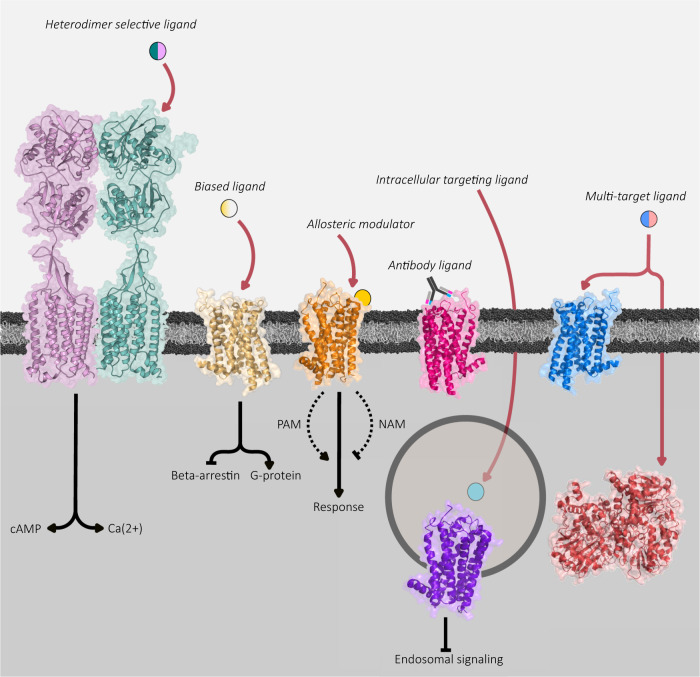Fig. 2. Novel avenues of receptor targeting.
Starting from left: A ligand which recognizes a specific dimer pair of receptors with a GABAB receptor as an example. Here, the extracellular region of GABAB1 binds the ligand and the second (GABAB2) transmembrane receptor recruits G-proteins for downstream signaling cascades. Biased ligands can be used to favor signaling along one signaling pathway while avoiding the other. Similarly, allosteric modulators may be used to regulate the endogenous agonist response, either in an excitatory (PAM) or inhibitory (NAM) fashion. Likewise, antibody-based ligands have been demonstrated both in nature and in recent pharmacological screens to exert excellent target specificity. Specific receptor populations may also be targeted by focusing on intracellular targets such as with the neurokinin-1 receptor. Lastly, the development of rationally designed molecules targeting both a GPCR and an intracellular enzyme may modulate two distinct cellular processes inducing a greater therapeutic response form the drug.

